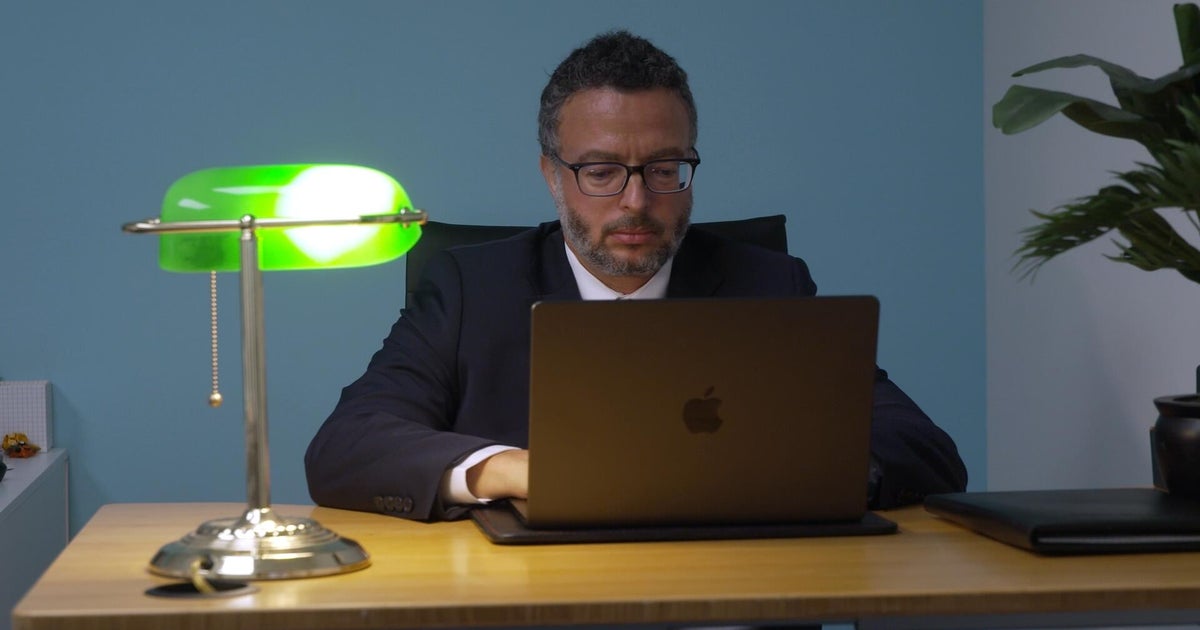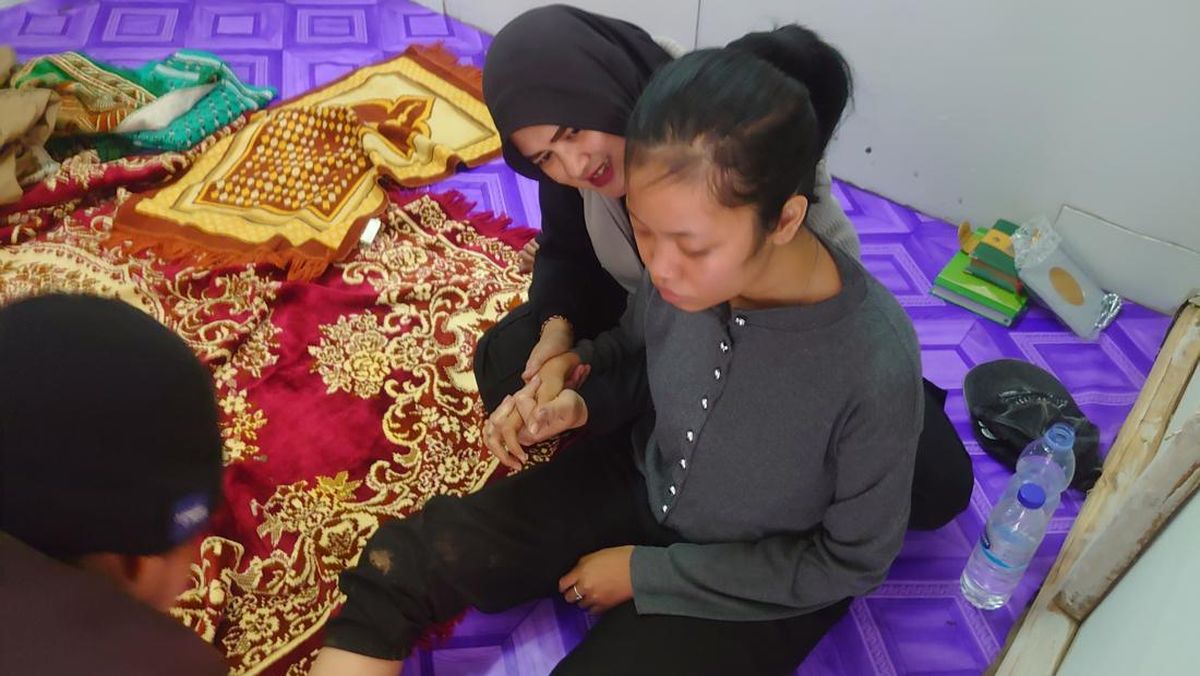Opinion
October 18, 2025 — 5.01am
October 18, 2025 — 5.01am
Last week brought a considerable back-down – generating a suitable amount of hoo-ha – on controversial superannuation changes. And the new plan is good. A higher super tax offset at the bottom end of the income scale, as well as higher taxes at the top end of the balance scale.
The latter is a lot better than a higher unindexed tax on unrealised gains, and the measures both restore some structural sanity and introduce welcome equity. However, there is a big remaining flaw in our super system, one that has long flown under the radar and also needs reform.

Finding a happy balance in retirement comes down to these four factors.Credit: Getty
It’s this: super is excellently automated while we are accumulating money. But, as soon as we qualify to access it, Aussies are suddenly expected to be experts.
Along with Treasurer Jim Chalmers’ changes last week, an ASIC report condemned super trustees’ performance on informing members about their retirement options.
It found they are failing to provide the necessary information to make confident and informed decisions after you stop work. More than 1.5 million members are in the retirement phase now, and another more than 2.5 million workers will join them over the coming decade.
But ASIC says trustees are sometimes offering one-size-fits-all retirement communications aimed primarily at pre-retirees, with little evidence of tailored messaging or delivery methods to meet the different and diverse post-work needs.
The desired outcome from all of this is to make your money last to the last day that you do
And that’s an enormous issue when you turn 60 and retire, or 65 whether you have retired or not, and you can finally get your mitts on your money. Just what you do with it, when you have to make life-changing choices, poses a decently large problem.
Think about it: spend all of it, and you will have to rely on the age pension only. That’s perhaps not the lifestyle you were hoping for. Some instead hoard it but if you hold amounts over the income and assets test for pension qualification, you’ll still have a lifestyle that may be pretty paltry.
And, as they say, you can’t take it with you (although you can, of course, leave it to your kids). Finding that happy balance comes down to four factors, indeed, questions to ask yourself to make smart super-spending decisions.
Loading
1. How long will you live?
OK, nobody knows this. But you know your family health history and we know from new longevity stats from the Australian Bureau of Statistics that the average male born today currently lives to 81.1 years old. The average woman makes it to 85.1.
Over the past decade, life expectancy at birth has increased by 1.0 years for males and 0.8 years for females. Yes, there is a four-year difference between males and females.
But in 1993, life expectancy at birth was 75.0 years for males and 80.9 years for females, a gap of 5.9 years. All of which feeds directly into the next question.

How much you spend with what frequency in retirement will not be linear.Credit: Dominic Lorrimer
2. What’s your risk appetite?
Both your temperament and your timeframe determine your appetite for risk in investment products. But here’s the thing most people don’t factor in: you could spend a very long time in retirement and your money needs to keep up over that time, preferably way beyond the level of inflation so you can stretch it.
Though it seems counterintuitive to many retirees, if you are expecting to live another 20 years, you need some degree of exposure to sharemarkets and the growth that may bring.
3. What will be the shape of your spend?
I can tell you one thing for sure – how much you spend with what frequency in retirement will not be linear. Your expenses won’t stay the same month after month.
Experience shows that retirees spend more straight out of the gate – everyone gets a little over-excited – and those who are ‘over’ work, logically want to enjoy some up-front treats like holidays.
There is good reason that the Association of Superannuation Funds of Australia has two retirement standards forecasting the annual retirement cost. Funding a comfortable retirement is currently said to cost $75,319 for home-owning couples age 65 and $53,289 for singles.
Does that sound about right first up? Because post-85, you might expect it to drop to $68,542 and $49,555 respectively.
Indeed, retirement has three distinct phases, says the Actuaries Institute: active years, sedentary years and frail years. How much money might you need in each? And therefore…
Loading
4. What products suit you?
When you retire, yes, you have the option to take a lump sum, but you can also commute some of your superannuation into a pension. This is often sensible for two reasons.
One, it can be market-based and it can keep you with some required exposure to the share market. Two, it certainly helps you eke out your money, which is the aim of the retirement game.
Indeed, the perfect result – the desired outcome from all of this – is to make your money last to the last day that you do. Hopefully – eventually – super members will get clear communication and education on how to do it.
Nicole Pedersen-McKinnon is the author of How to Get Mortgage-Free Like Me, available at www.nicolessmartmoney.com. Follow Nicole on Facebook, X and Instagram.
- Advice given in this article is general in nature and is not intended to influence readers’ decisions about investing or financial products. They should always seek their own professional advice that takes into account their own personal circumstances before making any financial decisions.
Expert tips on how to save, invest and make the most of your money delivered to your inbox every Sunday. Sign up for our Real Money newsletter.
Most Viewed in Money
Loading


















































